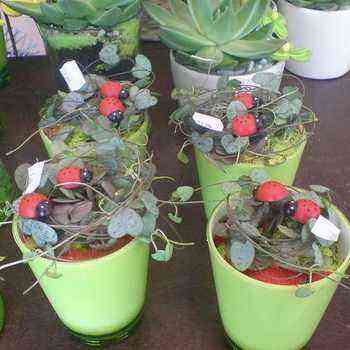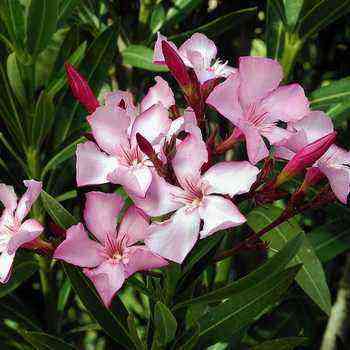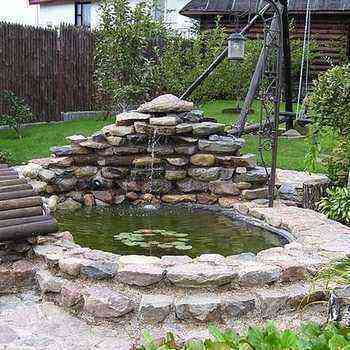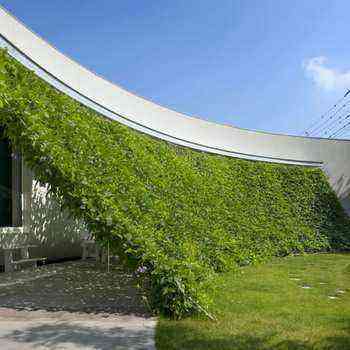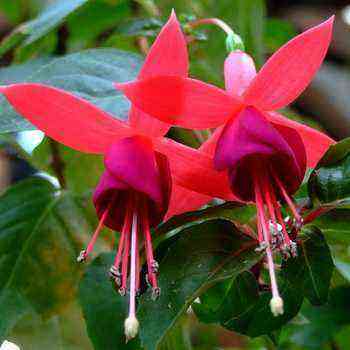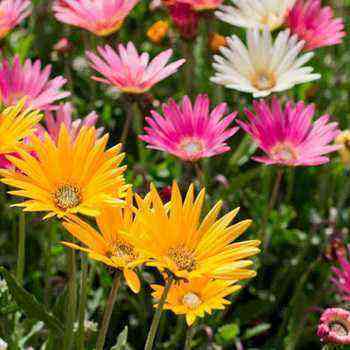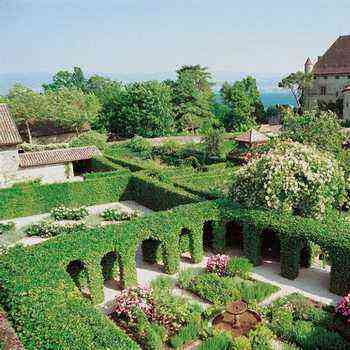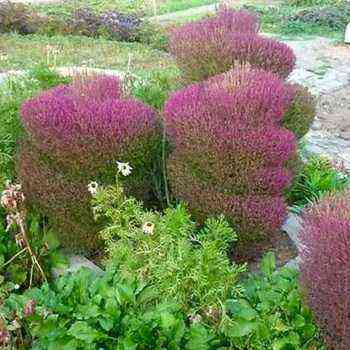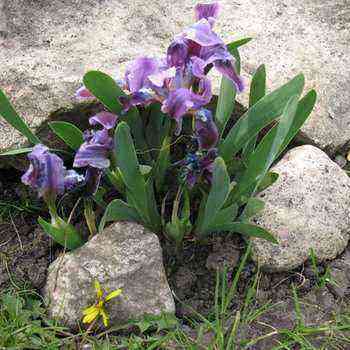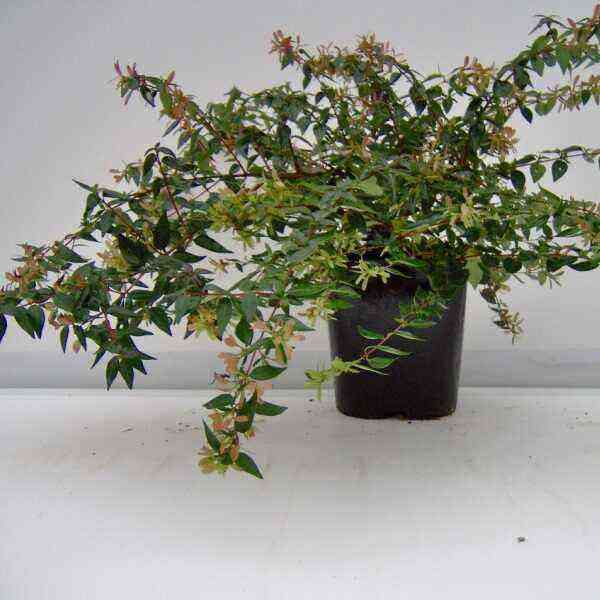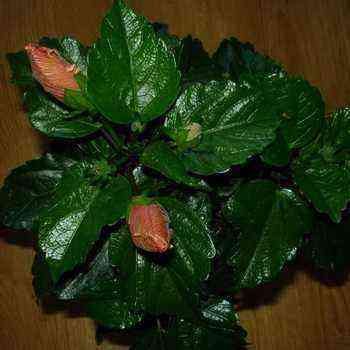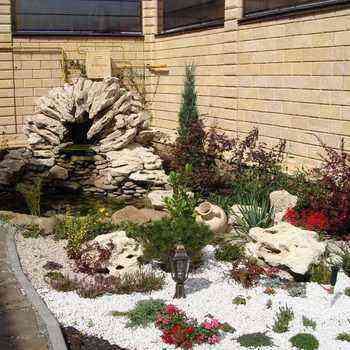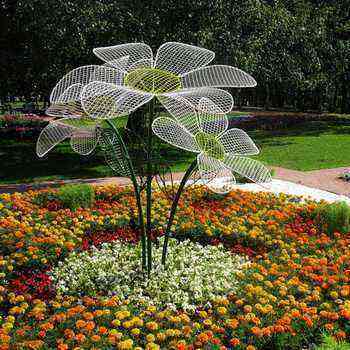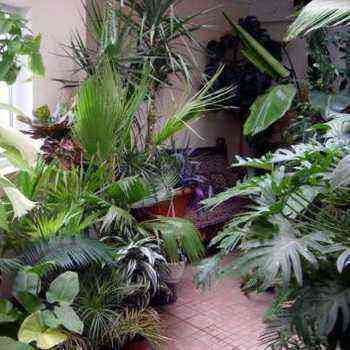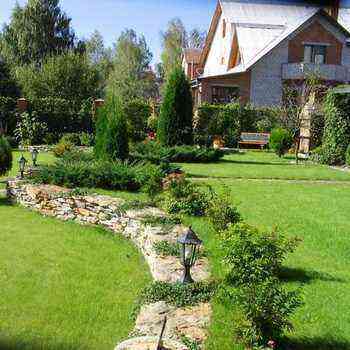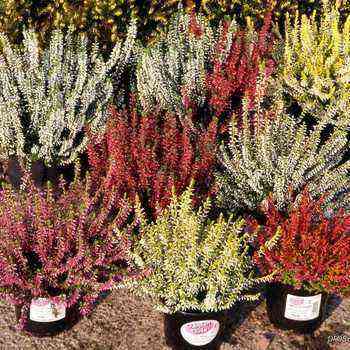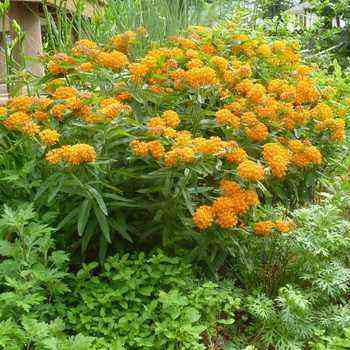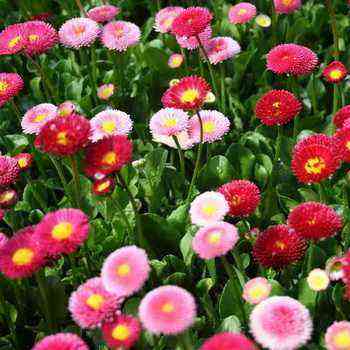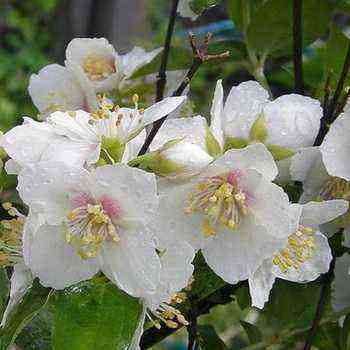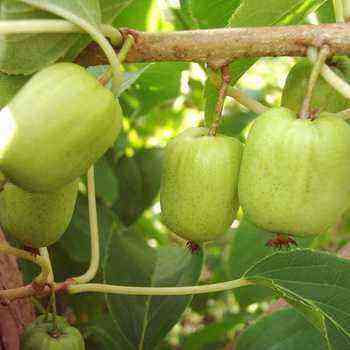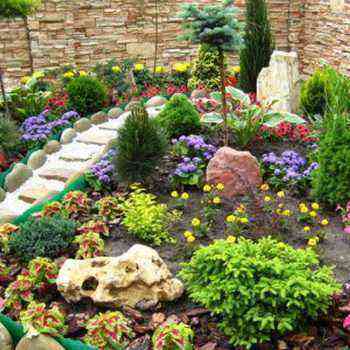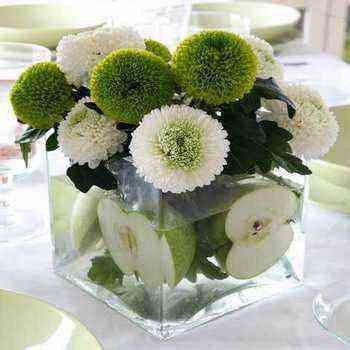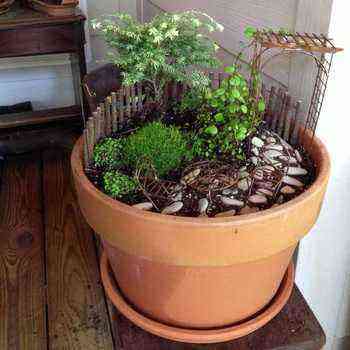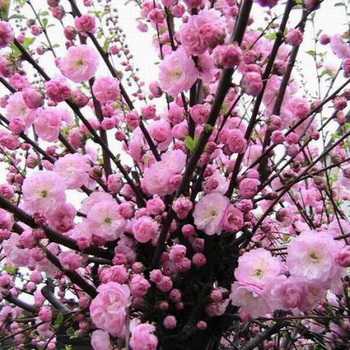 If your site has stony soil, then for growing almond shrubs, these are ideal conditions, close to natural ones. This plant is found in the wild in the highlands, where the soil is rich in calcium. The ornamental qualities of the almond shrub are very high – in May, pink flowers bloom on the branches, and within two weeks your site will look like a pink oasis.
If your site has stony soil, then for growing almond shrubs, these are ideal conditions, close to natural ones. This plant is found in the wild in the highlands, where the soil is rich in calcium. The ornamental qualities of the almond shrub are very high – in May, pink flowers bloom on the branches, and within two weeks your site will look like a pink oasis.
Types and varieties of decorative almonds
Almonds (Amygdalus) Is a plant from the Rosaceae family. Among highly decorative almonds, one can name: low, Georgian, Petunnikova, Ledebour, however, amateur gardeners focused on low almonds, or bean, and three-lobed almonds, which have now been given the new name Louseania.
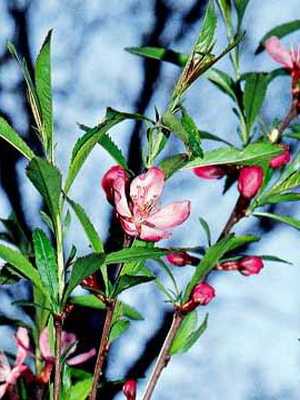
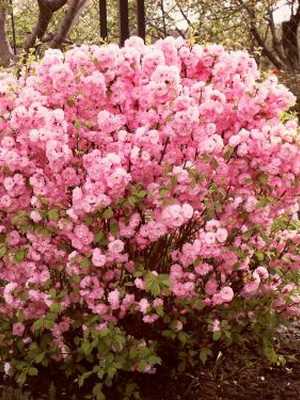
Almond Ledebour (L. ledebouriana). Shrub 1,2-2 m tall, crown diameter 0,8-1 m. Leaves are large, dark green.
Look at the photo – the almond shrub of this species has pink flowers, slightly fragrant up to 4 cm in diameter, fruits up to 4 cm long:


Blooms earlier than many almonds in early May. Duration of flowering is a week. The fruits ripen in September.
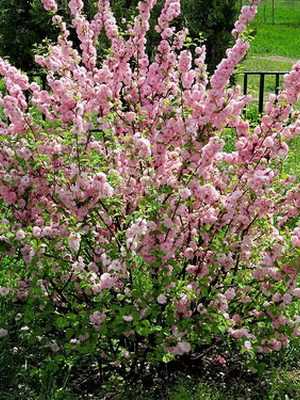

Almond low (A. dad). Other names are steppe almond, bean. Small deciduous shrub 0,5-1,5 m tall. The crown is dense, spherical.
As you can see in the photo, this type of almond has flowers up to 3 cm in diameter, bright pink, single, blooming simultaneously with the leaves:

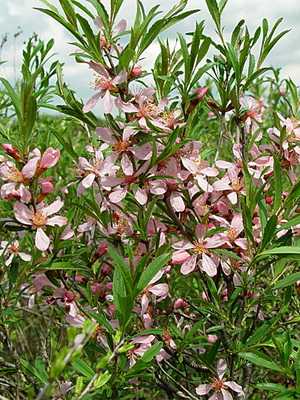
Blooms profusely in May for 7-10 days. Grows well, gives abundant root growth. Photophilous. Drought-resistant. Winter-hardy.
Among the varieties of this type of almond, the most interesting are:

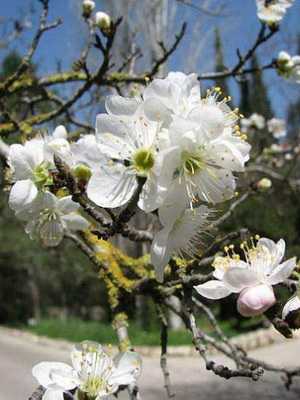
White-flowered, or Albiflora (Albiflora), – with white flowers;

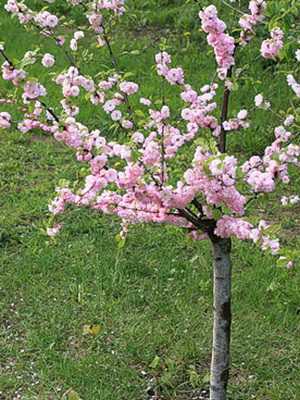
“Gessler” (“Gessleriana”) – the size of the bush, the leaves are smaller than that of the species, but the flowers are larger, up to 2,5 cm in diameter, bright pink.
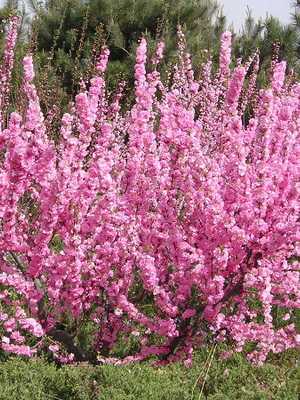
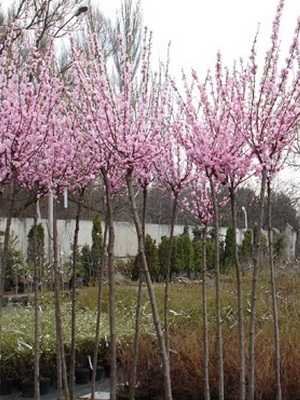
Almond three-blade (D. triloba). Another name is Louseania triloba. Shrub up to 3 m high, at home up to 5 m, with a spreading crown up to 1,5 m in diameter and dark gray shoots. Leaves are yellow-green above, grayish below, autumn color is often weak. Flowers are pink, dark pink, crimson, double, up to 3,5 cm in diameter, paired, densely located along the entire length of last year’s shoots. The diameter of the flowers is 1,5-3 cm. It blooms before the leaves open in the first half of May, for 2 weeks. Flowers keep well in cut. Sometimes they are damaged by late spring frosts. Known terry form “Plena” (“Plena”) with pale pink flowers, about 3 cm in diameter, and a similar variety “Joy”.
Here are photos of ornamental almond shrubs of the above types:
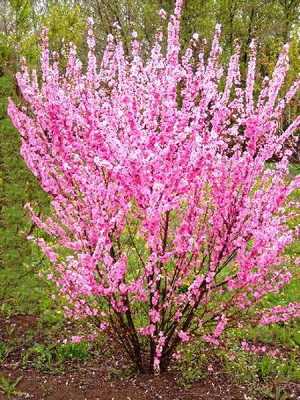
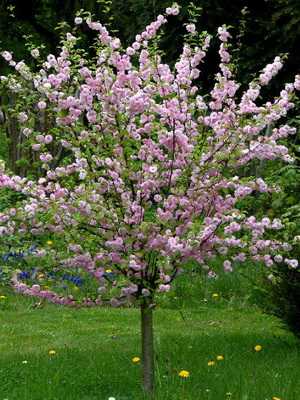
Growing almonds: planting and caring for a shrub
Landing features. Prefers sunny or light partial shade. The landing site should be protected from drafts and strong winds. For successful care when planting almonds, you need to maintain a distance between plants of 1,0-1,5 m. The root collar is just above the soil level. Soil mixtures consist of leafy soil, humus, sand (3: 2: 1) with the addition of slaked lime or dolomite flour (half a liter can for one planting hole).
Top dressing. Almonds are very responsive to regular feeding. In the spring, add a liter jar of mullein, 1 tablespoon of urea, 2 tablespoons of ammonium nitrate, which are diluted in 10 liters of water. In autumn – 1 matchbox per 1 m2 of double superphosphate and potassium sulfate.
Pruning. Plants tolerate clipping and pruning well. Preparing for winter. Sometimes pinching of the juicy ends of the shoots is done in order to weaken their growth and give the opportunity to woody, completing the growth in time. This is the best way to prepare your plants for winter!
